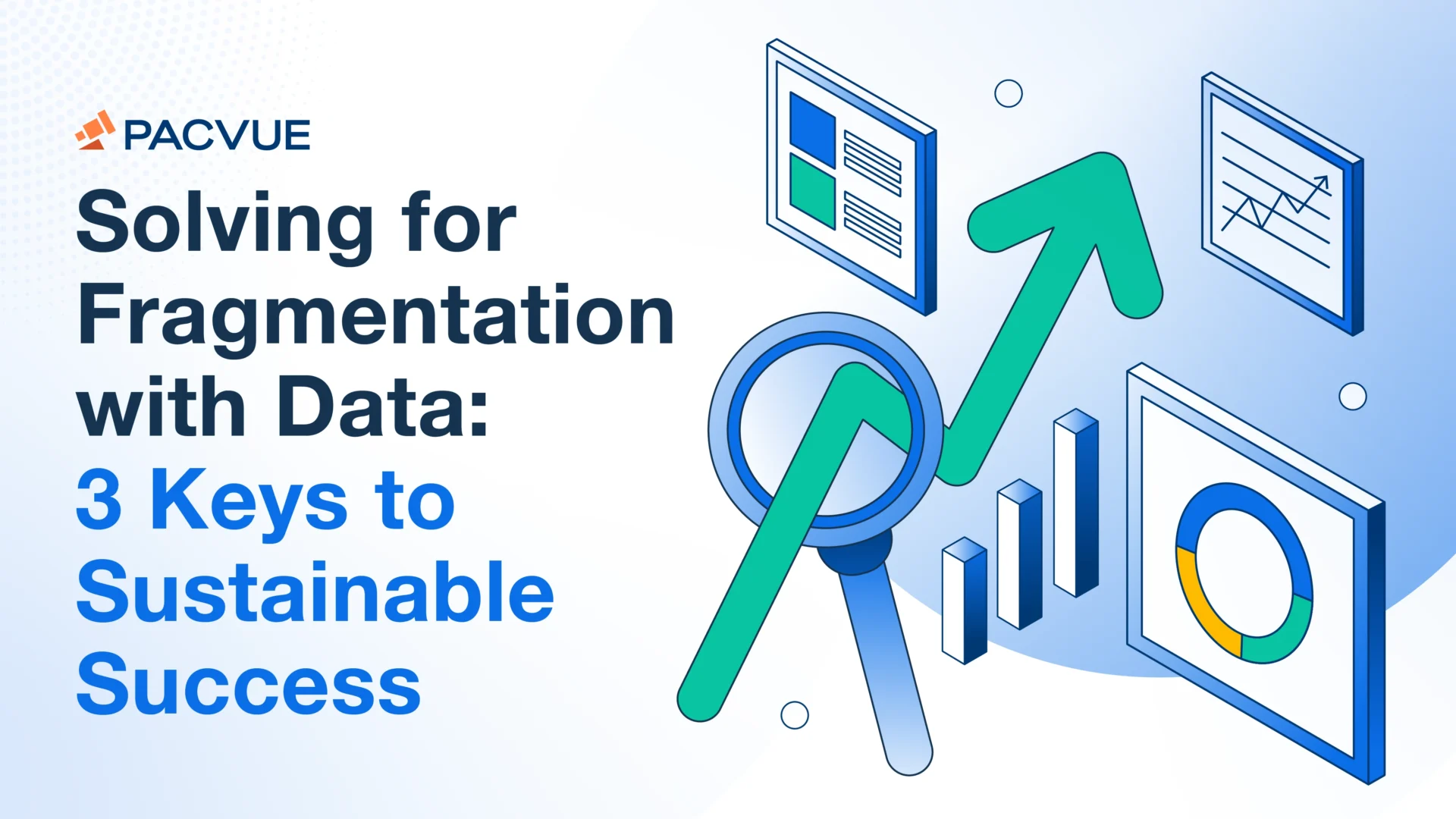You already know the commerce landscape is fragmenting.
Tasked with reaching customers in an increasingly diverse range of environments—from traditional digital retailers like Amazon and Walmart to social upstarts like TikTok Shop (not to mention brick-and-mortar storefronts)—brands are struggling to reliably drive sales while controlling costs.
It’s no surprise, really. Most of these businesses have very limited visibility into how their customers actually behave on the retailers they shop with, and even less visibility into what retailers their products perform the best on. Without this critical data informing their strategic and budgeting decisions, brands predictably spend too much and earn too little.
But it doesn’t have to be this way. Pacvue collects and parses the customer, product, and retailer data you need to make intelligent, data-driven, and ultimately profitable decisions. In many cases, Pacvue delivers actionable strategic recommendations for you based on that data—bridging the insights-to-action gap so you don’t have to.
Let’s step back for a moment, though, and more closely examine why your business needs a strategic data partner like Pacvue to begin with. Our VP of Client Services, Riku Laitasalo, outlines the 3 major keys to leveraging data to solve this fragmentation:
Discovering What Retailers Are Right for You
These days, the online shopping world no longer begins and ends with Amazon. While Amazon will remain the top retailer for many brands, others will benefit more from migrating to Walmart, Target, Kroger, or even TikTok Shop. In most cases, the best choice will be balancing investments across a multitude of retailers.
The trick is, of course, to determine what retailers brands should sell their products through—and what products they should sell. That’s where Pacvue comes in.
Pacvue has access to extensive retailer and product data that enables businesses to determine what retailers are most profitable for their specific products. For instance, brands might discover that more expensive products (>$20) perform better on Amazon and Walmart, while less expensive products (<$20) perform better on TikTok Shop.
With this data from Pacvue, brands can more wisely allocate their budgets toward the retailers and products that drive maximum profitability.
“If you have ad dollars to allocate, we can help you determine what retailers will give you the best deal in terms of top-line growth.”
—Riku Laitasalo
Optimizing the Buyer Journey
Of course, your success depends on more than simply choosing the right products to sell through the right retailers.
You need to consider the customer’s perspective, too. You need to optimize the buyer journey to more rapidly, cost-effectively, and reliably shepherd your prospects through your funnel. And to do that, you need even more data—which Pacvue can provide.
Take advertising, for instance. Most brands strictly allocate their budgets by retailer (Amazon, TikTok Shop, etc.), regardless of their relative—and often quickly shifting—efficacy. That’s why most managers invest their advertising dollars as close to the conversion as possible, over-indexing on bottom-of-funnel ads.
Unfortunately, this trend ultimately drives the price of those ads up (by virtue of the CPC model) while driving their effectiveness down (by way of increased competition). There’s a better way.
Pacvue pulls customer behavior data from a multitude of retailers that covers the entire buying cycle—from brand awareness to conversion—to reveal the exact constellation of ad placements that drive the most revenue at the lowest cost. In most cases, brands find that targeting customers with a variety of ads throughout their buying journeys is more profitable than relying on a high volume of bottom-of-funnel ads.
“If you can see that serving a certain sequence of ads is correlated with a very high probability of purchase, you can start putting more investment into those things that are actually driving a shopper to buy something.”
—Riku Laitasalo
Managing Your Storefronts from a Single Control Center
With more retailers available than ever before, it’s becoming harder for brands to manage—let alone optimize—their presence across dozens of disparate storefronts. To organize and streamline their operations, brands need a single, central location to effectively run their products, advertising campaigns, and more. They need a true control center—like Pacvue.
Beyond delivering the convenience of easy-to-use dashboards and driving operational efficiency by establishing a single source of truth, Pacvue helps brands tell a cohesive story. Today, your customers are interacting with your products in a variety of environments, ranging from digital retailers like Amazon to brick-and-mortar storefronts like Target. What’s more, those interactions are building off one another—like the “showroom phenomenon,” whereby a prospective customer tests a product out in a physical store before purchasing it at a discount online.
But whether you have a combination of digital and physical storefronts, or you’re strictly an e-commerce seller, it pays to tell a consistent story about your products and brand, which is exactly what Pacvue’s centralized data management solutions enable businesses like yours to do.
Preparing for a Data-Driven Future
As we get ready to move into 2025, data will only become more critical to your long-term business success.
From determining the most profitable retailers for your products and the most cost-effective ad placements for them to optimizing your increasingly diverse and far-flung storefronts from a single control center, data is the lifeblood of commerce. If nothing else, brands need to get data right.
Learn more about how Pacvue’s data-driven solutions can transform your business.












